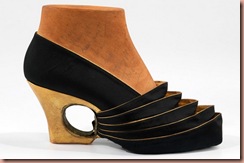 These very futuristic shoes are from the 1930’s, designed by Steven Arpad. The forward thinking designer played with many styles and ideas that seem ultra modern even today.
These very futuristic shoes are from the 1930’s, designed by Steven Arpad. The forward thinking designer played with many styles and ideas that seem ultra modern even today.
 I like the tongue in cheek of the ram heel of this pair.
I like the tongue in cheek of the ram heel of this pair.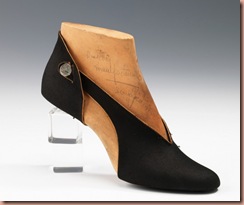 The Lucite heel of these are reminiscent of ice cubes in a modern cocktail.
The Lucite heel of these are reminiscent of ice cubes in a modern cocktail.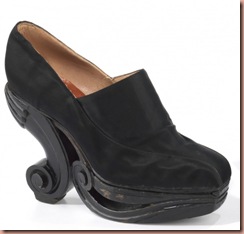 These look like a shoe a modern Pop Glam star would sport.
These look like a shoe a modern Pop Glam star would sport.
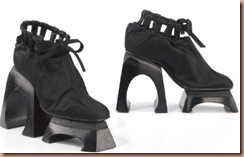 Most of these were made for the fashion house of Balenciaga through the 1930s. Such shoes would certainly be worn by very few. Even among those wealthy enough to own such shoes would have to be the adventurous type who would want the latest. These were for the very latest and modern take on fashion.
Most of these were made for the fashion house of Balenciaga through the 1930s. Such shoes would certainly be worn by very few. Even among those wealthy enough to own such shoes would have to be the adventurous type who would want the latest. These were for the very latest and modern take on fashion.
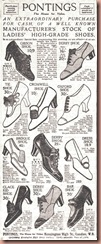 Of course most ladies, particularly in the early 30’s, as here in 1933, would still be wearing their serviceable late 20’s shoes. In fact, these advertised here in 1920, would be appropriate for the Edwardian Period right through the 1930’s. It shows, certainly, the pace at which shoe design changed. Here we see looks that have a multi-decade sensibility yet lovely style and look.
Of course most ladies, particularly in the early 30’s, as here in 1933, would still be wearing their serviceable late 20’s shoes. In fact, these advertised here in 1920, would be appropriate for the Edwardian Period right through the 1930’s. It shows, certainly, the pace at which shoe design changed. Here we see looks that have a multi-decade sensibility yet lovely style and look.
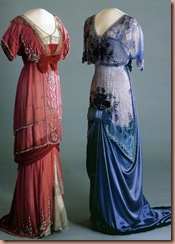
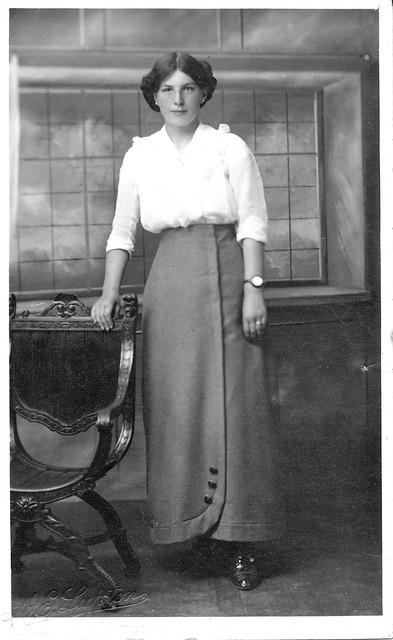 They would have looked adorable when they peeked out for just a glimpse under a long floor length hem of an Edwardian dress.
They would have looked adorable when they peeked out for just a glimpse under a long floor length hem of an Edwardian dress.
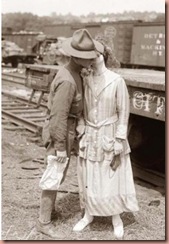 They would have been very similar to those accompanying the ankle length looks of the First World War.
They would have been very similar to those accompanying the ankle length looks of the First World War.
 They would have been even on the most modern and daring looks of the shocking above the knee length of 1925.
They would have been even on the most modern and daring looks of the shocking above the knee length of 1925.
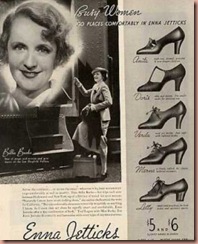

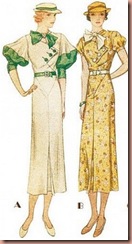
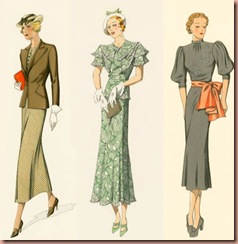 And such shoes would look right with the longer skirts and return of the waist of the 1930s. That’s quite a bit of wear out of shoes. And of course these shoes were made to last and leather soles were always redone. The cobbler was in every town and happily repaired and re-soled shoes. Today, of course, we see many shoes, even those supposedly ‘well made’ really just shabbily stitched and soon to fall apart. Things are definitely not made to last in the same way.
And such shoes would look right with the longer skirts and return of the waist of the 1930s. That’s quite a bit of wear out of shoes. And of course these shoes were made to last and leather soles were always redone. The cobbler was in every town and happily repaired and re-soled shoes. Today, of course, we see many shoes, even those supposedly ‘well made’ really just shabbily stitched and soon to fall apart. Things are definitely not made to last in the same way.
It is interesting to me to think that ladies of the time, though they had easily a quarter of the clothes and shoes we have today, looked more put together and smart. In old photos, even gardening or casual family shots, men in ties, ladies in dresses and such shoes as these. And, most likely, their wardrobes were really very sparse. Yet what they did have was stylish, well made, and easily accessorized. Today we throw out clothing and have piles of the stuff clogging up closest, bureaus, armoires. We have the need to run our laundry machines every day and yet, when it comes right down to it, how much style is there really in the day to day? White and bright colored tennis shoes, jeans jeans, and more jeans, leggings, and t-shirts seem to be all most people wear. How can we all look so sloppy and yet have so many more things?
One of the main side affects I have found since living in the past is the vast reduction in things. I did not set out to reduce my garbage or my wardrobe. It simply happened. I have less clothing, so less laundry easier to maintain, yet almost always get compliments on my outfits. Surely I will wear the same skirt more than once in a week, but one day it is topped with a blouse and the next worn with a collared shirt, scarf tied as a tie and a sweater vest (I am really loving the men suit inspired looks of the 1930’s).
Now, I only do my laundry one day a week and so washing every day isn’t really an option. If I had children this might be different, yet at the time, wash day was often one day a week. And the children would have far less clothing as well. I think dirt on play clothes would have been overlooked more than today, because if they were then to go into town, little Bobby or Susie would put on their better school clothes. And the messiness of food was not the same in that children more often than not ate at the table. There was no wandering about the living room with handfuls of chips or dripping peanut butter and jelly sandwiches as they mindlessly stared at the TV screen. Surely, there was mess, but one had a napkin tucked into the shirt and even older children often wore a sort of bib at the table for luncheon or dinner, to protect the clothes. And you were to focus on what you were doing, eating, and not eating as a secondary act to accompany watching the tele.
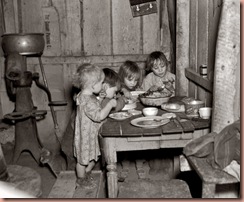 Even the very poor often ate at table. Despite this family having very little, the children, most likely in their only clothes other than one nice set set aside for Church and school, are enjoying their repast at the table. The littlest is standing up on a crate, but still at the table.
Even the very poor often ate at table. Despite this family having very little, the children, most likely in their only clothes other than one nice set set aside for Church and school, are enjoying their repast at the table. The littlest is standing up on a crate, but still at the table.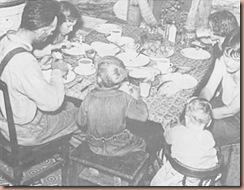 This family seems to have very little and are most likely poorer farmers or city dwellers, but the whole family shares their meal at the table, mimicking mum and dad and trying not to make too much a mess.
This family seems to have very little and are most likely poorer farmers or city dwellers, but the whole family shares their meal at the table, mimicking mum and dad and trying not to make too much a mess.
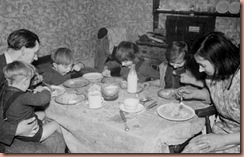 A working class family shares a meal at table. Mother’s outfit protected by her pinny while Father shows little Johnny how to use his silverware.
A working class family shares a meal at table. Mother’s outfit protected by her pinny while Father shows little Johnny how to use his silverware.
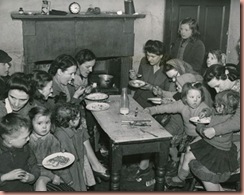 Even those hit very hard by the Depression and having to share their homes and meal with extended family and neighbors still gathered at table. Here the table almost serves as an alter, as it is far too small to be used by the vast majority of the diners, but all gather together in the act of eating. Even in this photo of obviously hard times, notice how the ladies hair is done, girls in skirts and dresses. The act of normalcy or the importance of gathering together, even when there was little to eat, was important. It is sad that TV and Computers in many ways has taken this away from family and friends in day to day life.
Even those hit very hard by the Depression and having to share their homes and meal with extended family and neighbors still gathered at table. Here the table almost serves as an alter, as it is far too small to be used by the vast majority of the diners, but all gather together in the act of eating. Even in this photo of obviously hard times, notice how the ladies hair is done, girls in skirts and dresses. The act of normalcy or the importance of gathering together, even when there was little to eat, was important. It is sad that TV and Computers in many ways has taken this away from family and friends in day to day life.
In a middle class household, however, you would most assuredly been at the table with a napkin on your lap. You would have been expected to wash and dress for dinner as well. Not the black tie evening dress of the upper class, but possibly a clean sweater/jumper for son and simply taking off your apron for little Sis and mum and some lipstick and comb in the hair. And in the upper middle and upper classes, well into the 1930’s, children often ate their evening meal in the nursery with nanny so they were certain to eat properly at a table with a stern eye watching their table manners.
If you were enjoying a treat it would be on the back steps by the kitchen or away from the nice furniture in house. And most likely you would never have food in many rooms, such as bedrooms and the nicer living room used for company.
This odd tangent from shoes to children's clothing does have a point of sorts. It is this: Less but better makes one’s life easier and more cost effective.
I will not and try not to ever give advice to people with children. I have none of my own and would never presume to give advice. There is probably no job harder nor more challenging than being a Mother. But, because of that very fact, maybe less clothing for lil Bobby or Susie would make some of the day easier? Maybe less clothing but specific to purpose, such as play dungarees and a few t-shirts for play, two pair of nice trousers for school and church with a few dress shirts, would be all is needed. And a good bib and apron for eating, even for an older child, and more eating at the table rather than eating while walking about or in rooms such as the living room. I don’t know, as I said, I know it must be incredibly hard with children. I only know that were I to have a child I think that would be at least how I would like to plan it. Of course, planning is often upset and it is easy to buy cheap clothing for a few dollars at places like Old Navy, but why make more work for oneself? And even for adults, less clothing more stylish means less money spent, less laundry and less repairs needed. And a good solid apron for working around the house and grabbing your quick lunch at the kitchen table.
This, then, is true of shoes. If you have styles you like from a specific period, than buy a few pair of well made shoes that can be re-soled in leather at a cobblers and they will last forever. They will also be stylish. I am not sure when the endless need for ‘sports shoes’ in everyday life first arrived, but it does baffle me now that I wear vintage or vintage inspired shoes. Am I uncomfortable when I shop or walk? No. Even when I exercise I simply wear flats or simply no shoes at all, when I am in the house. If one is running and playing tennis, surely your shoes should reflect that, but I think it is funny how there are little sports shoes for babies who cannot even walk? In the past, children wore a very similar leather lace up shoe for most of their childhood, one pair. And these often were resoled and passed down. I have a pair of shoes that my husband wore as a baby that were his great-grandfathers. These now act as decoration in our house, but had we a child, you can bet he’d wear them until he grew out of them.
I am finding that less with more style is simply a better way to live, at least for my little family. And as we live in an age where one can also easily get the old quality of the past by simply buying the actual antiques locally or online, we have little excuse not to surround ourselves with less things that work better, use less power and last longer. I think in today’s fast paced world of two income parents, less to own, less to clean would make the limited time families have together more joyful.
What other ways can we reduce and make do with less?
Happy Homemaking.



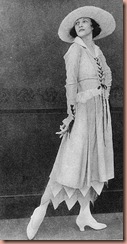
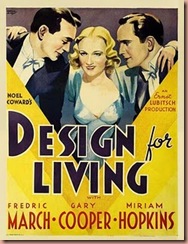
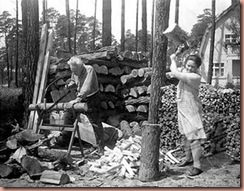


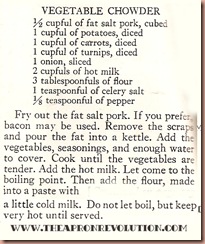


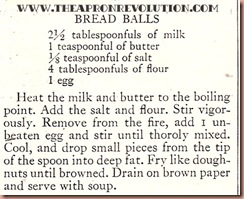
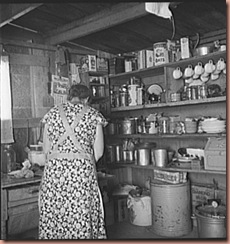
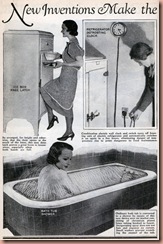
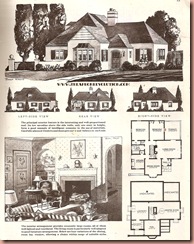
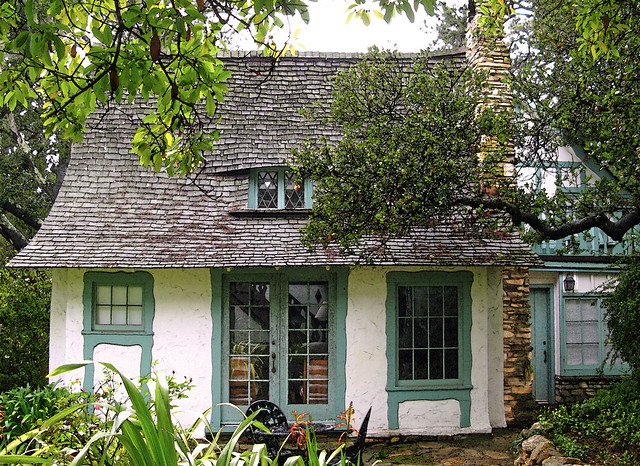

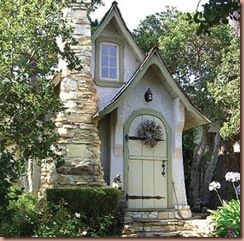
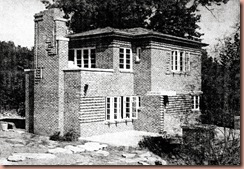



 Today in 1933, Western Union began offering Singing Telegrams. Prior to this (and of course again in the coming decade with WWII) receiving a telegram usually made one feel apprehensive, as it often was a harbinger of bad news.
Today in 1933, Western Union began offering Singing Telegrams. Prior to this (and of course again in the coming decade with WWII) receiving a telegram usually made one feel apprehensive, as it often was a harbinger of bad news. 
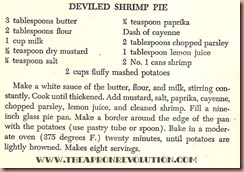
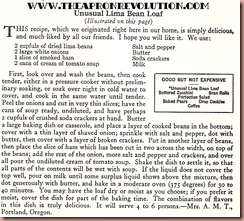



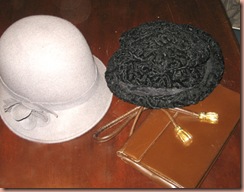
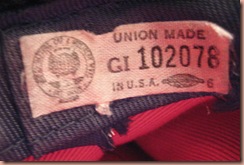
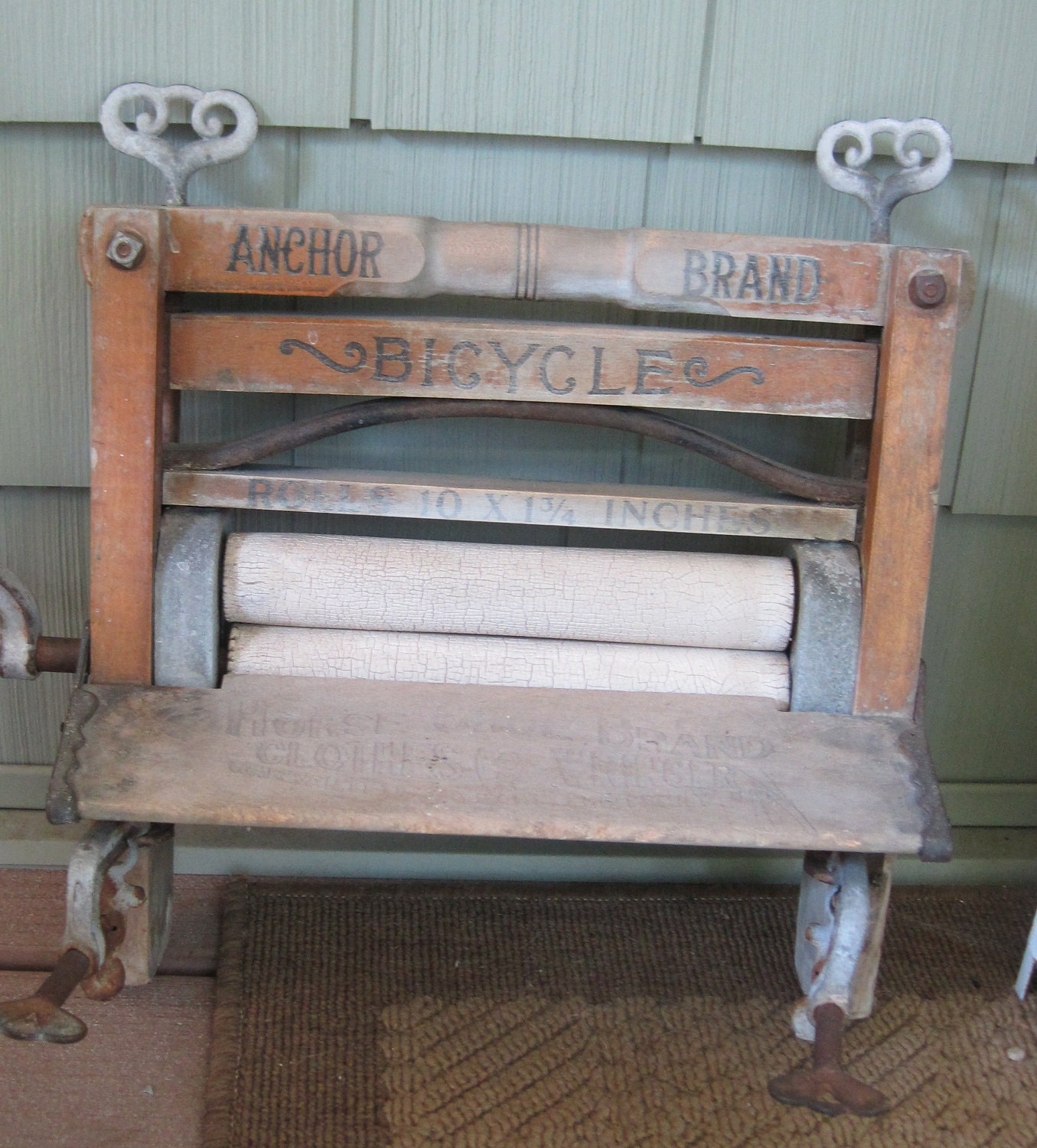
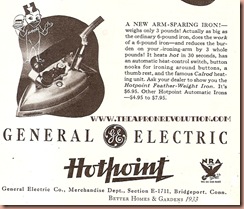
 This 1920’a gas iron would simply be hooked up to your gas. Prior to electricity, many homes were plumbed for gas for lights. Appliances were then made to simply plug into this fuel supply much as you would later with electricity.
This 1920’a gas iron would simply be hooked up to your gas. Prior to electricity, many homes were plumbed for gas for lights. Appliances were then made to simply plug into this fuel supply much as you would later with electricity.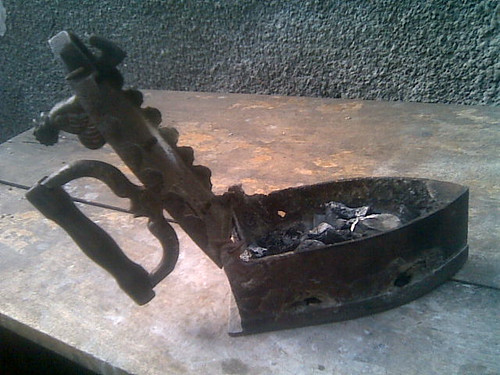 There were also coal irons were the hot coals were placed inside for the heat source. Oddly enough, in places like India even today such coal irons are still used, as shown in this modern day photo of an Indian man using just such an iron.
There were also coal irons were the hot coals were placed inside for the heat source. Oddly enough, in places like India even today such coal irons are still used, as shown in this modern day photo of an Indian man using just such an iron.